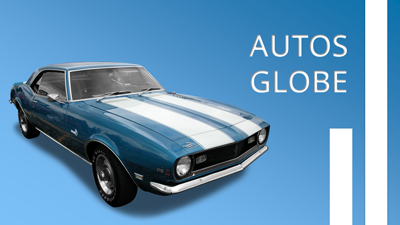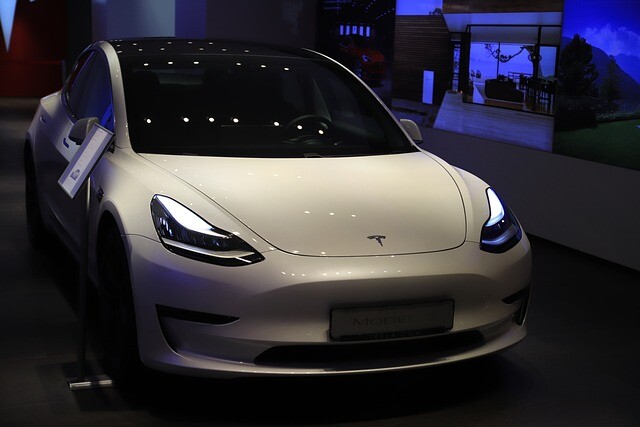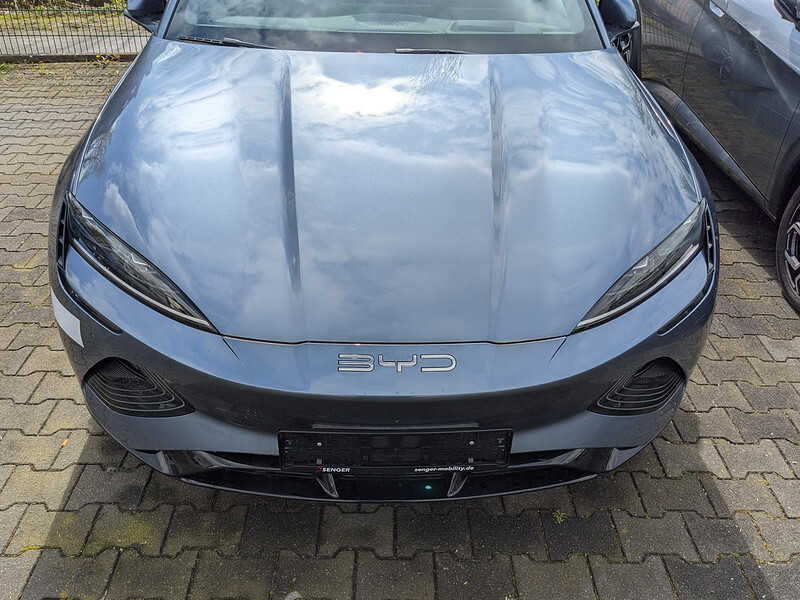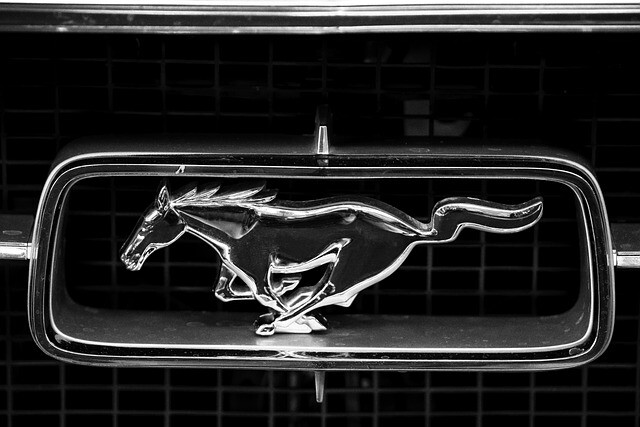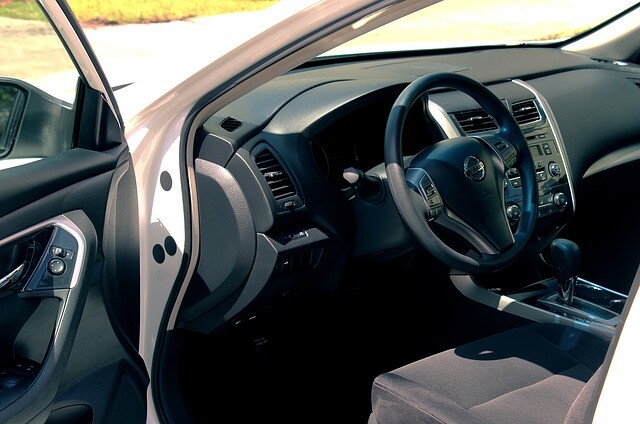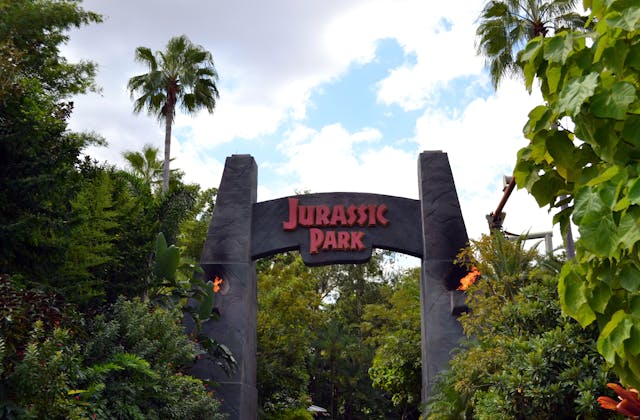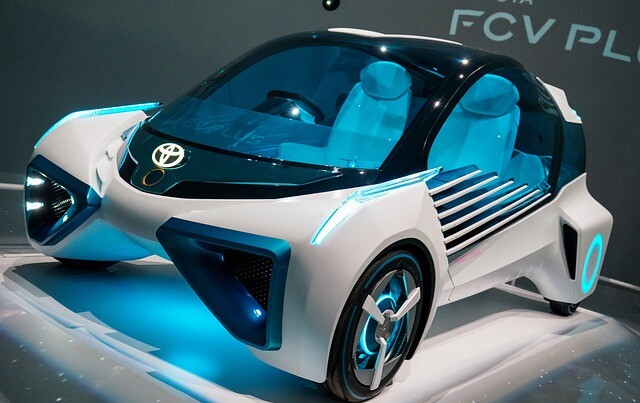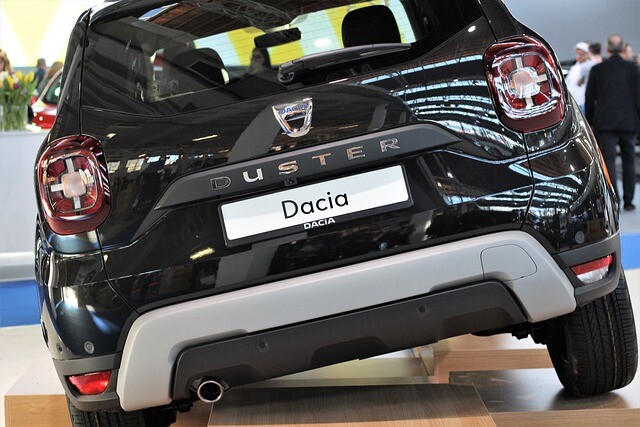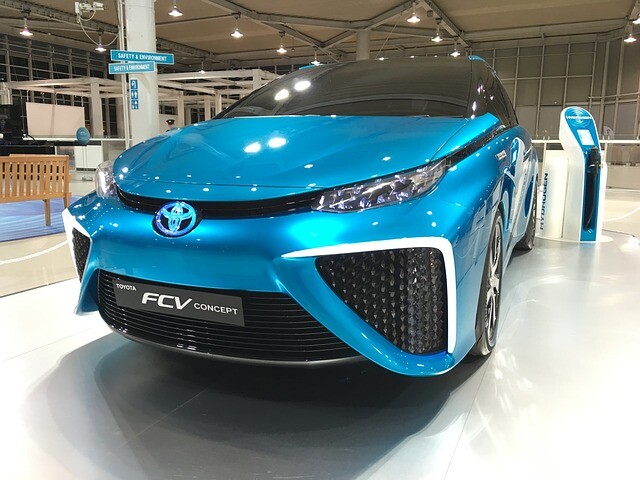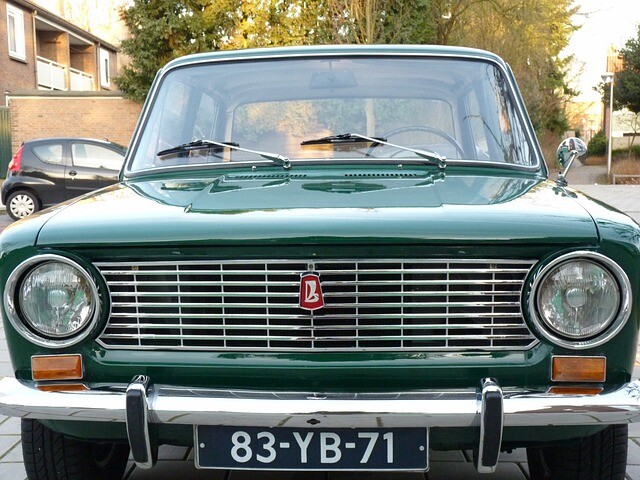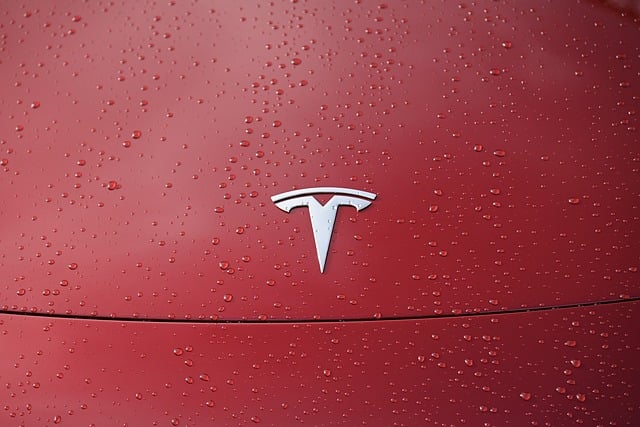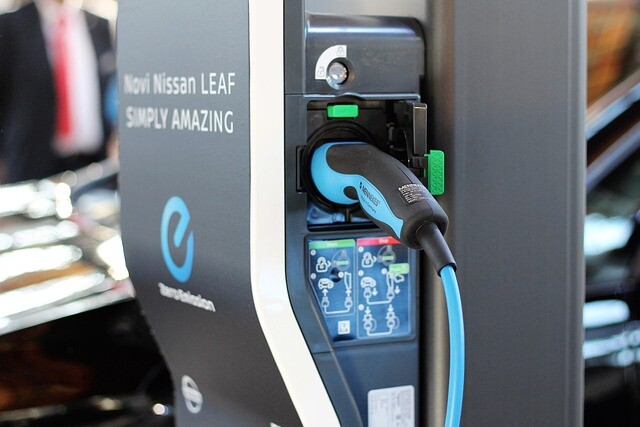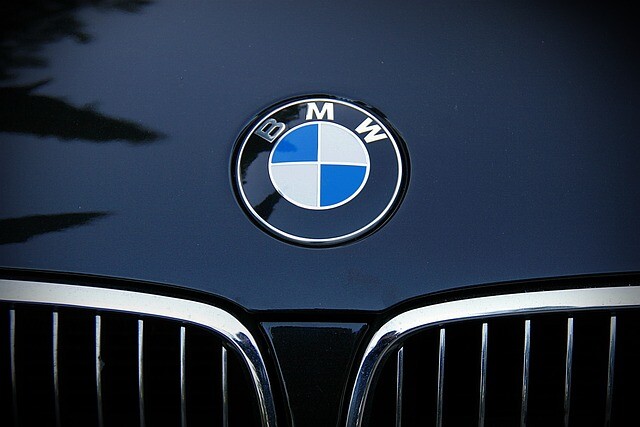So Supra broke forward
After nearly two decades, the Toyota Supra returned to Celica's six-cylinder version, and today it has 340 riders. Hello, GR Supra!
The success of Toyota's Datsun Z series, which is the first Japanese sports car to hit the US market, is quite different. Toyota wanted to cut off the piece that came with it, and therefore developed a higher version of the larger six-cylinder engine on Celica's foundations. Several body parts matched those of the Celila, such as the doors and of course the foundations, but Celica Supra became longer. At that time, the Toyota types were labeled with different logos, like the Century luxury limousine today, and Celica Supra got the same dragon logo as the base Celica, but its color was different. It also emphasized that it is not a standalone model but a different variant. This was outgrown after a few model changes.

In 1965 Toyota 2000GT introduced at the Tokyo Motor Show, of which only 391 were produced two years later. However, this was enough for the Japanese to prove to everyone that they can produce a sports car. The renowned Road & Track magazine was impressed by the excellent handling of a Yamaha-developed sports car and placed directly in front of Porsche 911. The A40 code Celica Supra also used a modified version of the 2000GT barrier developed jointly with Yamaha. Initially in 2 and 2.6 liter versions, both with 110 horsepower. The former concerned the domestic market with different taxes. A bit later, he got into the 2.8 horsepower with a horsepower of 123, which already accelerated to 100 for 10.2 seconds. First-generation Celica Supra chassis MacPherson at the front, rigid at the rear.Since the new generation of Celica arrived in 1981, a six-cylinder model called Celica XX, also known as Celica XX, was renewed on the Japanese market. The A60 code-based Supra had more unique features. The longer wheelbase due to the hollow motor is retained and it has become wider, which has been eliminated from the compact category according to domestic regulations. On the nose, however, there was a flashlight, a spoiler on the back. They also offered a more sporty and more comfortable version. The former was equipped with a larger rim and self-locking differential, with a digital instrument panel and an on-board computer available. The engines have evolved continuously and of course they have adapted to the needs of the different markets of the world or have just taxed, so in Japan it was 2 liters, initially with 125 horses and 171 Nm. The strongest model is 2.8 liters, of which 174 horsepower and 281 Nm have been released. This reached 100 km / h in 9.8 seconds.
In 1986, the time came for Supra to be completely separated from Celica. Partly because the smaller brother was on a front-wheel drive base, the model's success was partly due to the A70 becoming independent. The wedge-shaped silhouette and the flashlights remained, but the third generation became a much more sporty machine. It includes equipment such as ABS or variable hardness dampers for which the HKS controller has been manufactured to enable the driver to decide. In this upscale 2-liter engine strengthened to 160 horsepower and the turbocharger appeared in Supra. The 3-liter engine with a single charger was capable of 230 horsepower, with 2.5, two turbochargers gaining 276 studs, along with 363 Nm of torque. Supra was never so fast at this time, as this 1JZ-GTE rider has reached its 100th pace in just 6.1 seconds.
(Source: vezess.hu / photo: pixabay.com)
